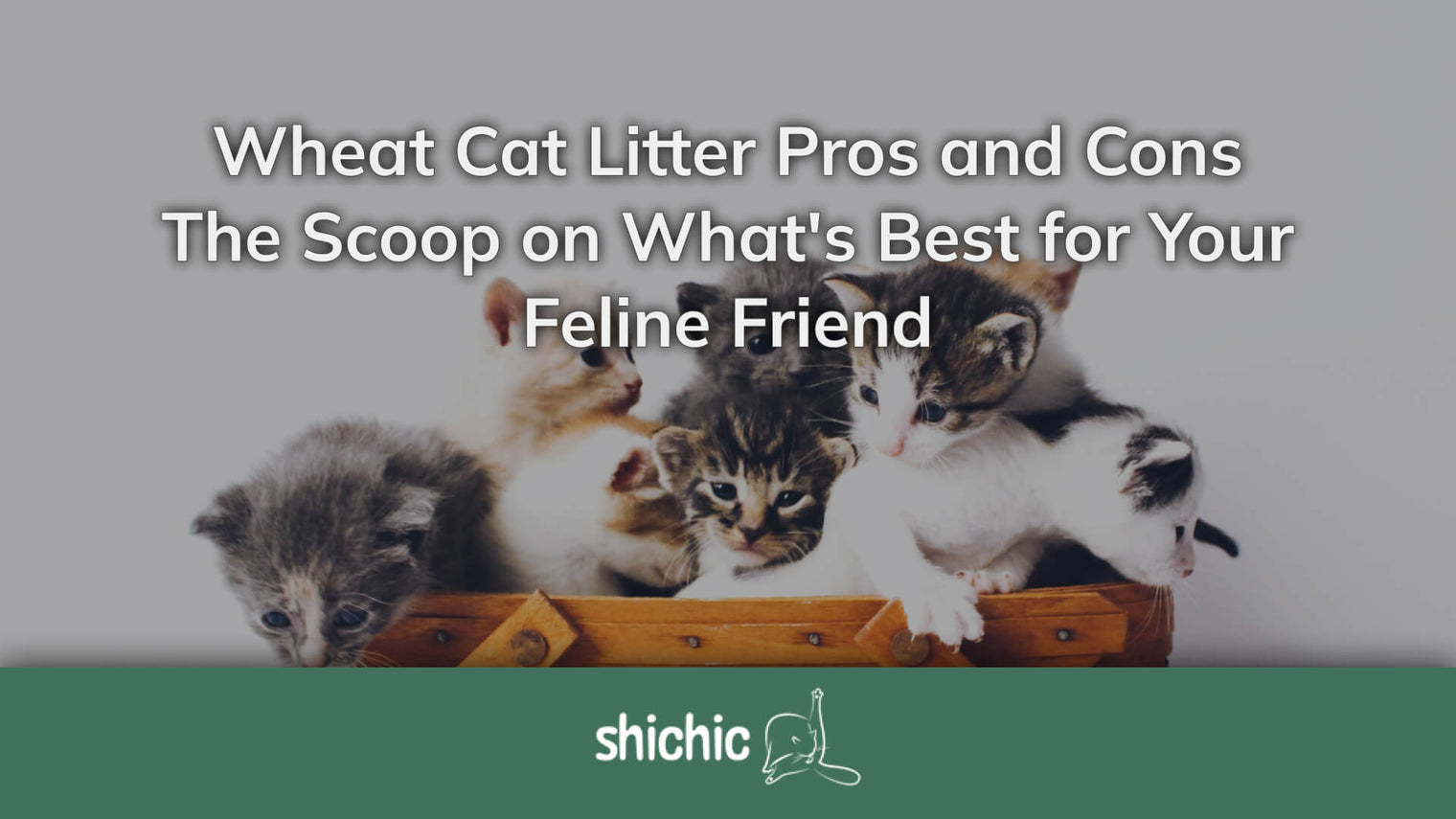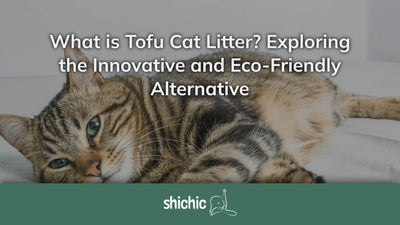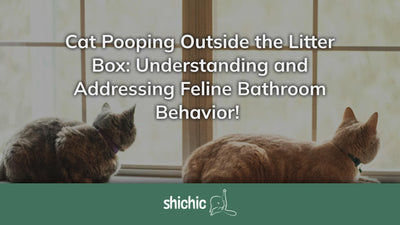Long are the days of traditional clay cat litter. Organic litters are the new super stars in this era. Check out the wheat cat litter pros and cons and make an informed decision for your feline friend.
Did you know that most cat owners don't really bother to read the ingredients list on their cat's litter box? While that may not seem like a big deal, it actually matters quite a lot. Just like with our own food, we should be aware of what goes into our feline friends' litter boxes.
So why is wheat cat litter becoming an increasingly popular option among cat owners? Is it really as effective as traditional clay or clumping litters? Let's answer these questions and take a closer look at the wheat cat litter pros and cons for your furry companion.
What is Wheat Cat Litter?
Wheat cat litter, made from ground wheat kernels, is like a fancy spa day for your feline friend! It’s a natural, biodegradable option that pet owners are flocking to as they search for more écologique choices for their homes. Unlike those boring traditional clay litters, this one breaks down naturally and doesn’t add to our landfills.
Benefits of Natural Ingredients
One of the biggest perks of wheat cat litter is that it's all-natural—like a fancy organic café for your kitty! If you're worried about what your fur baby is getting into, this is a huge “plus.” No synthetic chemicals or artificial fragrances to worry about. Plus, the natural enzymes in wheat work like magic to neutralize odors. It's a win-win for you and your little chat who thinks they’re royalty!
The Eco-Friendly Factor
For all you eco-friendly pet parents out there, wheat cat litter is the sustainable superhero your furry friend deserves! Sourced from renewable resources, this litter decomposes faster than you can say "oh là là," which means less guilt for you and a smaller environmental footprint. So, if you want to keep your maison clean while saving the planet, give wheat cat litter a try—it’s the purr-fect choice!
Wheat Cat Litter Pros and Cons
Ah, the sweet dilemma of choosing the right cat litter—a conundrum as perplexing as finding the best croissant in Paris! On one hand, you've got the allure of wheat cat litter, which promises to pamper your kitty like it’s at a five-star hôtel, complete with natural ingredients and an eco-friendly flair. On the other hand, there’s the trusty old clay options that have been around longer than your cat's last nap. So, before you make une décision that could forever change your cat’s potty experience, let’s break down the wheat cat litter pros and cons. After all, we wouldn’t want to serve our beloved felines anything less than magnifique!
Why Wheat Cat Litter is Purr-fect (with a Dash of Fun!)
- Superior Odor Control: Let's be real, nobody wants a stinky litter box—especially your cat! Wheat cat litter is like a magic potion with natural enzymes that tackle odors better than your last attempt at cooking.
- Better Clumping Abilities: Tired of litter that just won’t clump? Wheat cat litter has got your back! Thanks to its natural starches, it clumps like a pro, making scooping easier than finding a croissant at a French bakery. Less time cleaning, more time snuggling—c'est la vie!
- Less Dust for Cleaner Air: Dusty litter is a recipe for disaster! Wheat cat litter keeps the dust bunnies away, so your kitty can dig without kicking up a storm. Breathe easy, and let your cat unleash their inner Jean-Claude Van Damme without the mess!
The Not-So-Pawsitive Side of Wheat Cat Litter
- Potential Allergen Concerns: While wheat litter is usually safe, some cats might act like they just found a hairball at the vet—sneezing and itching everywhere! Keep an eye on your furry friend when you make the switch, and if they start looking like a drama queen, consult your vet.
- Higher Cost Compared to Traditional Litters: Wheat cat litter can make your wallet go “ouch!” It might cost more than your average clay litter, but hey, you can’t put a price on a fresh-smelling home, right? Sometimes you’ve got to treat yourself (and your cat) to the good stuff—mais oui!
- Availability and Accessibility: Living in a place where wheat cat litter is as rare as finding a good baguette? It can be a challenge! You might have to embark on a quest to specialty stores or order online like a true litter ninja. Before you switch, make sure you have a reliable supply—because nobody wants to run out of the good stuff!
Performance Comparison: Wheat Cat Litter vs. Other Types of Cat Litter
Ah, mes amis, welcome to the litter showdown of the century! Grab your popcorn (or should we say croissants?), as we pit wheat cat litter against its traditional competitors in a performance comparison.
Wheat Litter vs. Traditional Clay Cat Litter
Clay litter is one of the most common choices, but it comes with its own set of problems. While clay is effective at clumping, it’s heavy, dusty, and environmentally unfriendly. Wheat cat litter, on the other hand, offers better odor control, less dust, and a lighter weight, making it a more convenient and eco-friendly option.
Curious to know more about clay cat litter? Check out our article Bentonite Clay Cat Litter: Is It Eco-Friendly.
Wheat Cat Litter vs. Corn Litter
Corn litter is another natural alternative gaining popularity. It shares many benefits with wheat, such as being biodegradable and offering good clumping action. However, some cats prefer the texture of wheat, and corn can sometimes attract pests due to its smell. It's all about finding what's best for your specific needs and preferences.
Eager to find a corn based litter? Check the article Corn Based Cat Litter - A Sustainable Solution for Your Kitty's Comfort.
Wheat Litter vs. Silica Gel Litter
Silica gel litters are known for their superior odor absorption and long-lasting nature. However, they're not biodegradable and can be harmful if ingested. Wheat cat litter provides a safer, more environmentally friendly option, though it may require more frequent changing compared to silica gel.
Do you want to explore organic options? Check out the article Organic Litter for Cats: Going Green with Natural Solutions.
Wheat Cat Litter vs. Tofu Litter
Tofu litter is a newer option, made from tofu residue and other plant materials. Like wheat, it's biodegradable and offers good clumping abilities. However, tofu litter can be more expensive and may not control odors as well as wheat cat litter.
Do you want to learn more about tofu litter? Check the article What is Tofu Cat Litter? Exploring the Innovative and Eco-Friendly Alternative.
FlushIt - The Cat Litter Revolution
FlushIt by Shichic is a new, revolutionary alternative to wheat and clay cat litter. Made from 100% natural corn, pine wood, and tofu, FlushIt combines the best features of both traditional and natural litters.
It offers superior odor control, clumping action, and is completely flushable—making litter box cleaning a breeze! Plus, it's biodegradable and free from harmful chemicals, making it safe for your cat and the environment.
The Last Scoop on the Wheat Cat Litter Pros and Cons
Wheat cat litter offers a range of benefits, from superior odor control and clumping abilities to being an eco-friendly choice. While there are some cons to consider, such as potential allergens and higher costs, the advantages often outweigh the drawbacks.
By choosing wheat cat litter, you're not only providing a healthier environment for your feline friend but also contributing to sustainable living.
And if you're not convinced, there are other natural options available, such as corn and FlushIt, that offer similar benefits.
Ultimately, the decision is yours to make based on your cat's needs and your own preferences.
Please note: Before making any changes to your cat's litter, always consult with your veterinarian first.
P.S. Do you have a male cat and looking for the best cat litter? Check out the article The Scoop on the Best Cat Litter for Male Cats.



